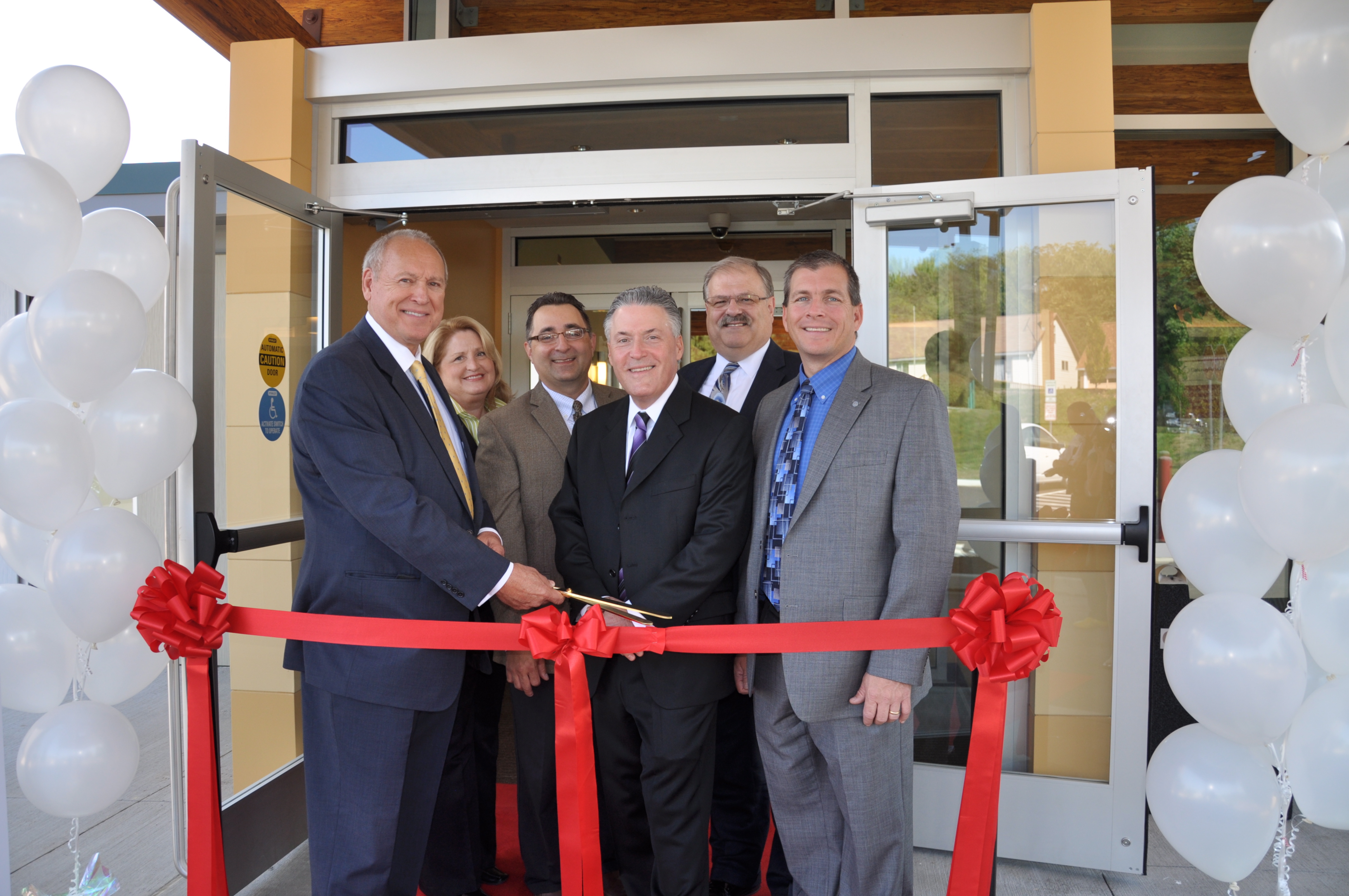New facility offers badly needed adolescent- and gender-specific treatment in Western PA

In September 2012, Gateway Rehabilitation Center opened its new adolescent inpatient facility in Center Township, PA. While ground broke on the building in 2010, planning and fundraising for the project started ten years ago.
“We have known for a long time that we were in need of a facility like this in order to deliver the best treatment possible,” Shawna Granato, clinical manager said.
Insufficient Specialized Treatment for Adolescents
The shortage of adolescent-specific treatment options is an issue on both a local and national level. According to the 2010 National Survey on Drug Use and Health (NSDUH), among American youths aged 12 to 17 who needed substance abuse treatment, only 8.4 percent (98,000) received it. This is lower than the percent of Americans overall who receive needed treatment services.
Furthermore, available statistics show that adolescent treatment rates in Pennsylvania are even lower than the 8.4 percent across the nation: In 2006, Pennsylvania showed a 1-day total of 44,349 clients in treatment, the majority of whom (39,286 or 88.6 percent) were in outpatient treatment. Of the total number of clients in treatment on this date, 2,660 (6 percent) were under the age of 18.
“Allegheny County, like other counties in Western Pennsylvania, has seen increasing numbers of all ages, including youth, with abuse and dependence from prescription medications [mainly opioids] and heroin,” Dr. Neil Capretto, medical director of Gateway Rehab said.
Capretto said although they still commonly see alcohol and marijuana use among the youth they treat, it is the use of prescription medications and heroin that causes a much more rapid progression of negative consequences.
In 2010, among American youths aged 12 to 17 who needed substance abuse treatment, only 8.4 percent received it. This is lower than the percentage of Americans overall who receive needed treatment services.
“Over the past few years we experienced increasing requests for treatment for youth and often had a waiting list for extended periods of time to be admitted into our inpatient unit,” he said. “[The Youth Services Center] has allowed us to treat more adolescents, but it is now full or close to full on most days. Although we are pleased that we are able to help more youth, we know that we’re still only reaching a small percentage who need help. In my opinion, there clearly is a need for more youth specific treatment services in all counties in Western Pennsylvania, including Allegheny County.”
Age- and Gender-Appropriate Treatment

Before the Youth Services Center opened, adolescents at Gateway Rehab were housed in the same building as adult patients. This is not uncommon. According to the Office of National Drug Control Policy (ONDCP), adolescents with alcohol and drug problems are not adequately served in most existing drug-treatment programs designed for adults. Gateway Rehab’s new facility not only gives staff more space, it also allows for more specialized treatment.
At the new facility, Gateway Rehab can continue to offer gender-specific treatment for adolescent patients. Granato said this is important because there are differences in the treatment of addiction based on gender.
Over the past two decades, health services researchers have successfully identified gender differences in patterns of substance use, health and social effects of substance use, pathways to treatment for substance abuse problems, and substance abuse treatment processes and outcome.

For example, a three-year study on women and young girls (aged 8–22) indicated that girls and young women use substances for different reasons than boys and young men. The study found that risk factors such as low self-esteem, peer pressure, and depression make girls and young women more vulnerable to substance use as well as addiction, in that females become dependent faster and suffer the consequences sooner, compared to males. Although women use illegal drugs at lower rates than men, women experience the use and consequences of drugs and alcohol differently from men and require gender-appropriate prevention and treatment services.
Specialized Treatment for Justice-Involved Youth
An entire floor of the new Center is dedicated to Gateway’s Youth Extended Services (Y.E.S.) program, a 90 to 120 day inpatient drug and alcohol treatment program for court-ordered males, ages 13 to 21.
Referrals by juvenile courts are too often the first intervention for treatment. By this time, substance abuse has frequently contributed to delinquent behavior, violence, and high-risk activities like unprotected sex and driving while intoxicated. Thus, the therapeutic approach of the Y.E.S. program focuses on addiction as well as co-occurring mental, behavior and legal problems that can be associated with substance abuse.
For the first time, Gateway Rehab is treating adolescents in an environment that was designed for them specifically. There is a great need for this type of treatment in southwestern Pennsylvania and across the nation. Research shows (and common sense confirms) that untreated adolescent substance use disorders lead to:
- escalation of the substance use disorder
- violence and sexual risk behavior
- development/exacerbation of mental health disorders
- fatalities from accident, homicide and suicide
Offering appropriate addiction treatment to these individuals earlier in their lives increases their odds of recovery and is an opportunity to disrupt the intergenerational cycle of addiction often at work in young people’s lives.
National substance use trends among adolescents
- Marijuana use is on the rise and adolescents perceive marijuana as less harmful than they did ten years ago
- Nonmedical use of prescription and over-the-counter medicines, especially opioids and amphetamines, remains a significant part of the teen drug problem.
- Adolescents account for a very small percent of treatment admissions as compared to other age groups; the only people accessing treatment more rarely than adolescents are adults over 60 years old.
Recommended Resources
- SAMHSA’s TIP 51 for guidance on treating the specific needs of women
- Young People in Recovery to see an awesome video series where youth speak about their lives in recovery






